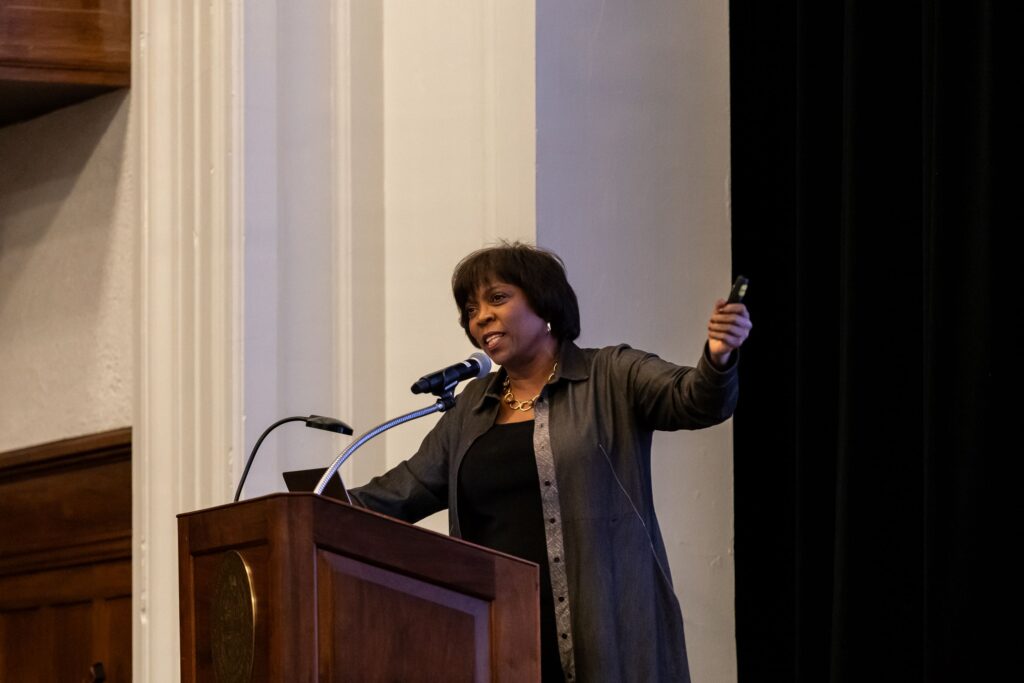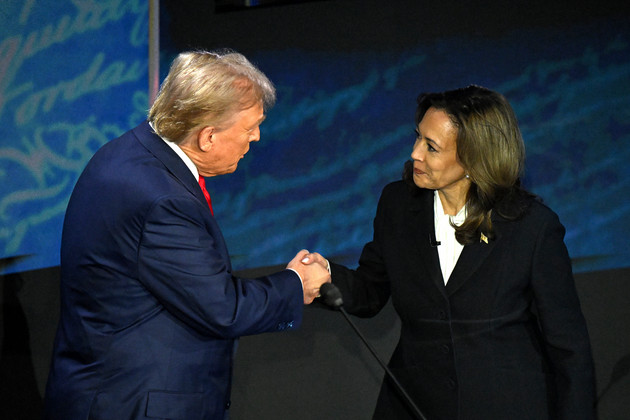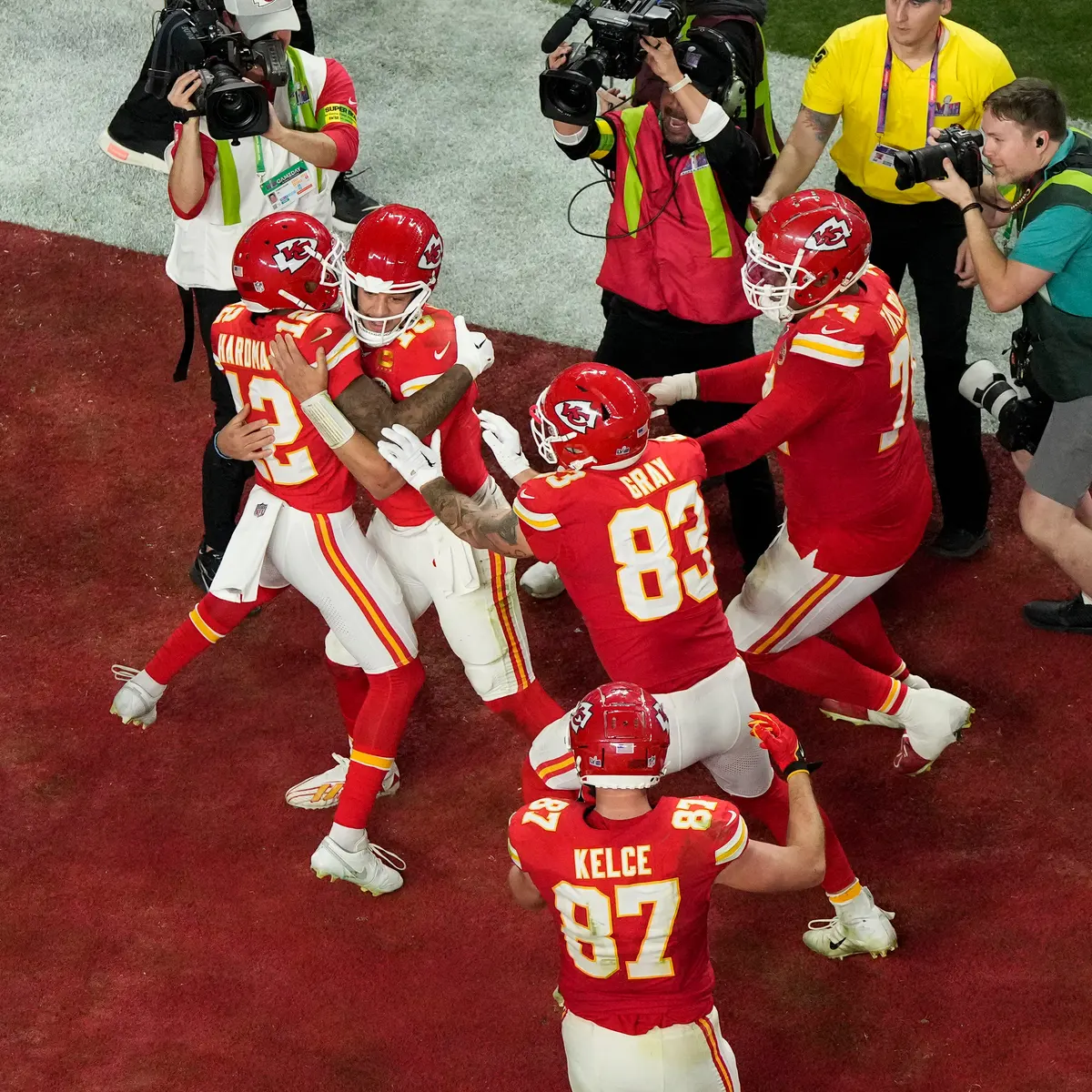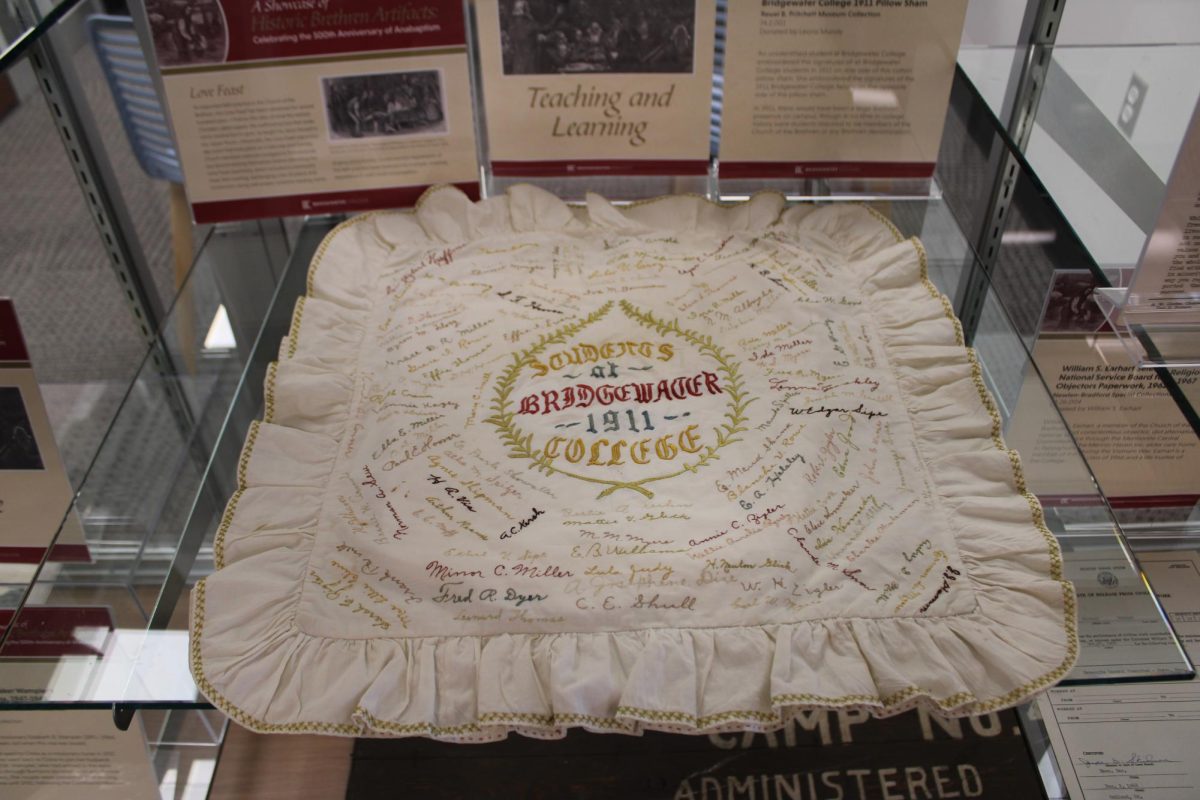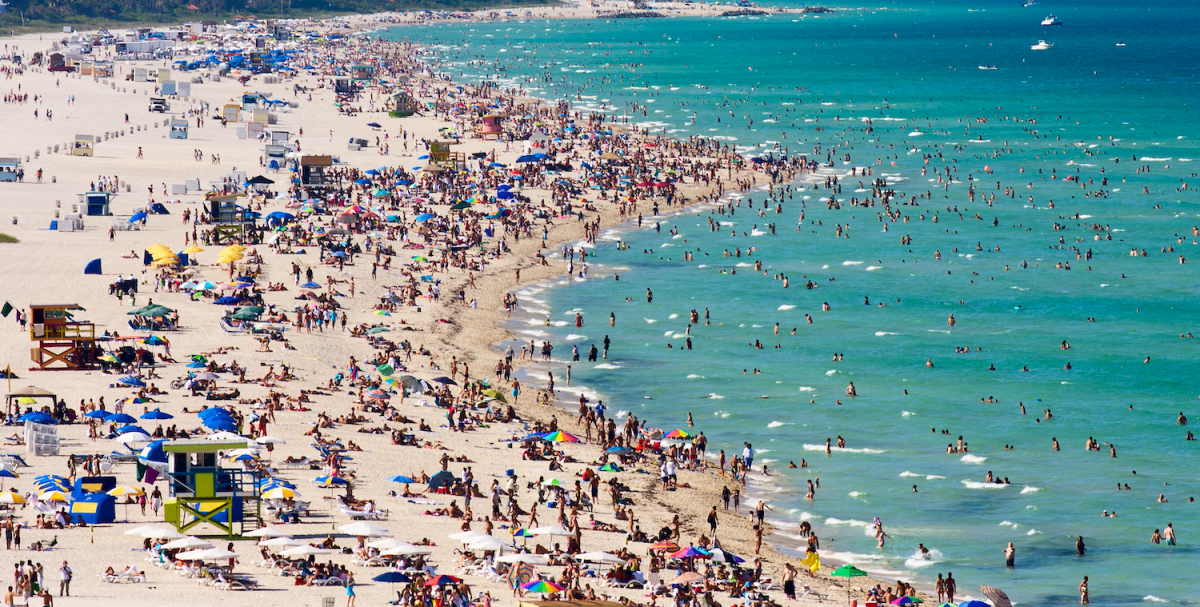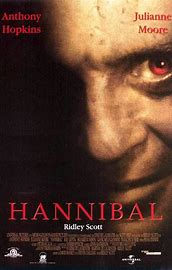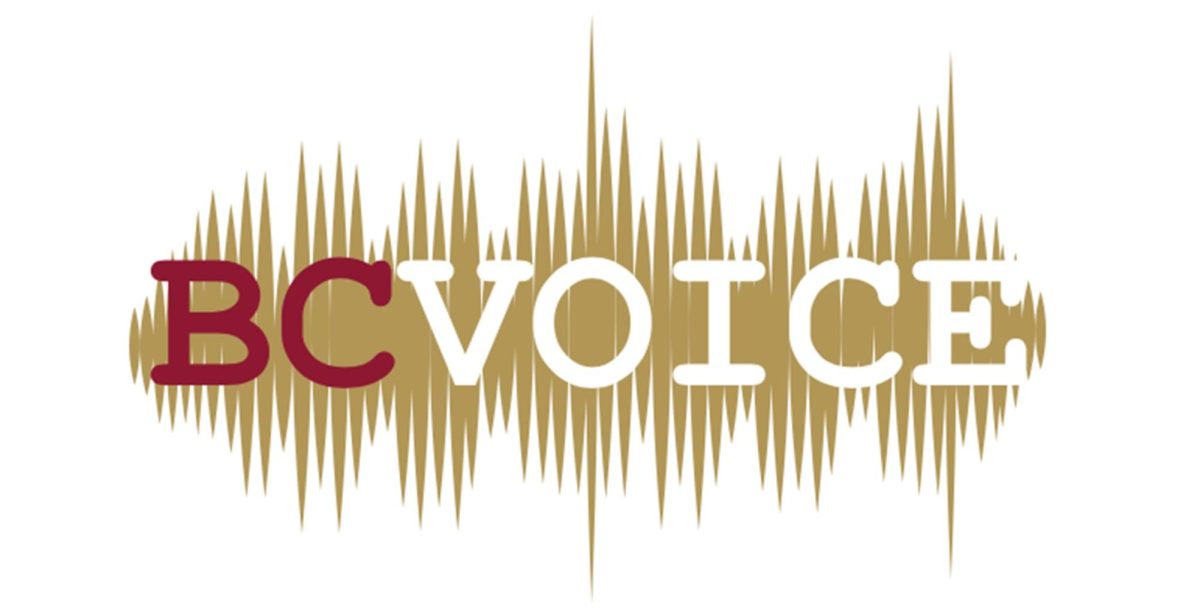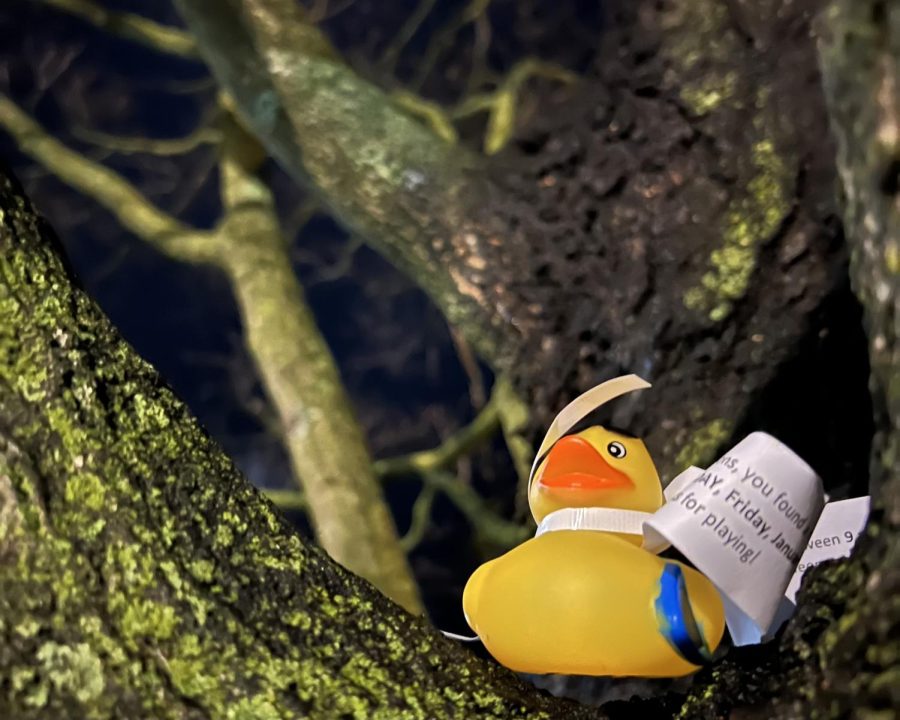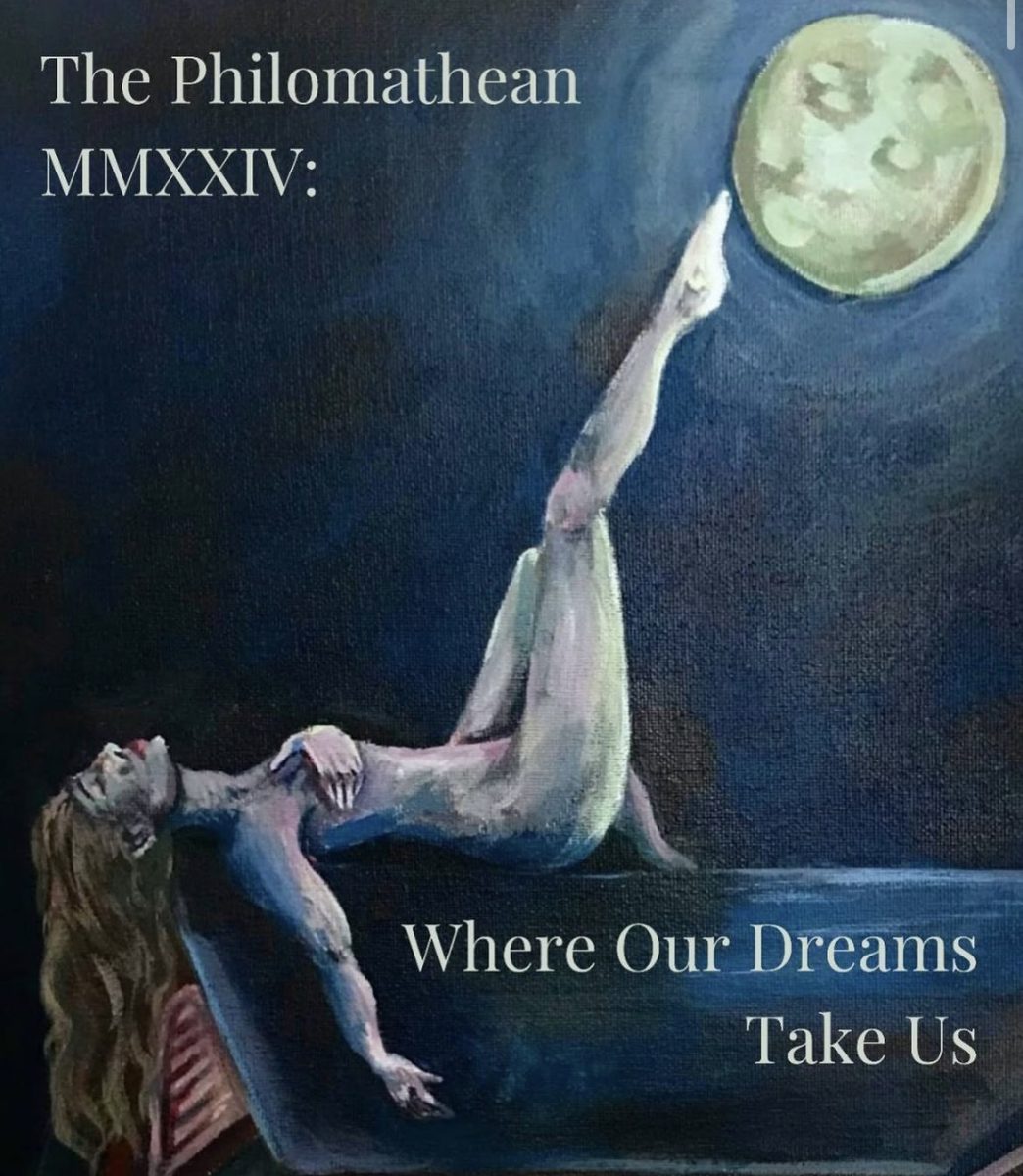In 1954, William Golding published a novel interwoven with psychology that has gone on in infamy for its themes and characterization, now becoming a part of the banned books list.
Many novels of the 1950s, including “Catch 22” and “Fahrenheit 451” all have similar themes of the violence of human nature much like Jack’s group of hunters versus Ralph and Piggie. All look for a sense of order despite this need to succumb to the darkest truths within our own societies and have made it on the banned books list.
“Lord of the Flies” has been on the banned books list for decades. Its intense themes of child murder is only the tip of the iceberg. The book is also banned for its underlying theme about the true nature of humans, and how society is the society on the island, hidden under lace and silk.
The theme of the blanketed society is also the reason “Fahrenheit 451” was banned. “Catch 22” has been banned for its themes of the craziness of society. “It raises the awareness of the absurdity,” said Professor of Philosophy and Religion William Abshire, “There’s no resolution. There’s no answer.” These answers alone are part of the reason the books are banned.
Throughout the story, several cadets are stranded on a deserted island with only the pilot, who mysteriously disappears. Forming under one leader, they soon split into factions as the terror increases, brought about by the Lord of the Flies in the cave.
The main idea, according to Professor of English Sam Hamilton, is that “warring is a natural conclusion to humans living together that there was almost an inevitability to that happening to the kids. Put innocent kids on an island and if they’re able to survive, they inevitably create factions and turn on each other.”
Like other novels by Golding, the book has a nautical theme with a sense of human nature resorting to its evilest form. Similar to his novel “Pincher Martin”, “Lord of the Flies” leaves the reader in the view of one who is stranded at sea through a form of the fable.
“I think that the others they’re trying to continue the kinds of society that they’ve known up until that point,” said Abshire, “It’s one of the reasons that I think it’s emotional and one of them says, but we, we did everything just the way adults.
The whole book is filled with symbolism: the factions represent how animalistic members of society really are. The pig’s head, as the beast, puts the whole thing in perspective. This is why so many fear the novel.
“Fancy thinking the beast was something you can hunt and kill! Said the head. For a moment or two the forest and all the other dimly appreciated places echoed with a parody of laughter,” (Lord of the Flies, chapter 8).


